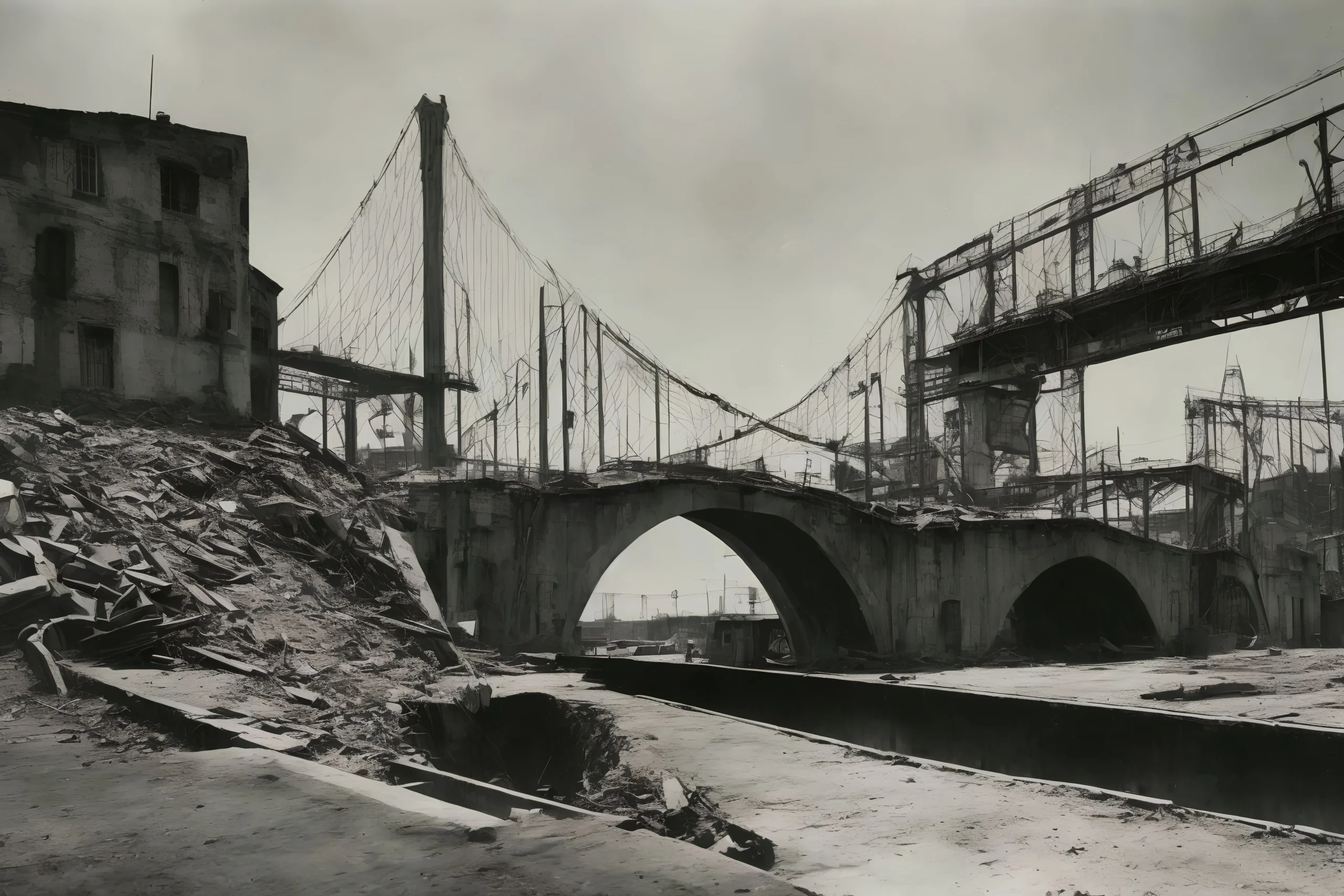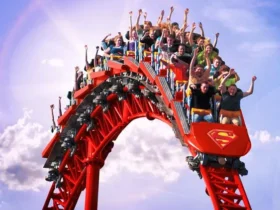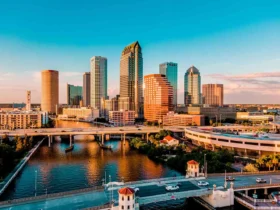When was the Brooklyn Bridge completed?
The Brooklyn Bridge Completed In 24 May 1883 John A. Roebling , It’s an iconic icon of New York City, is a testament to human engineering and development. In this article, we dive into the interesting background of the Brooklyn Bridge and explore its intricate construction.

The Vision Behind the Brooklyn Bridge
In 19th century when Manhattan and Brookly developing fastly that time the brainstorm idea for Brooklyn bridge change the picture of New York City. Demand for a trusted and efficient way to connect these 2 boroughs became apparent. The Brooklyn Bridge was envisioned to meet this requirement.
Design and Architecture
Designed by John A. Roebling, the Brooklyn Bridge was a marvel of its time. Its neo-Gothic style and innovative design set it apart from other bridges of the period. The bridge was intended to be both useful and aesthetically pleasing.

Construction begins.
Construction of the Brooklyn Bridge officially started in 1869, but it took work. The project required careful planning and engineering accuracy.
1. Commencement of Building and Construction: This phrase signifies the beginning of the Brooklyn Bridge construction stage. As a landmark in the background of the bridge, it plays a crucial role.
2. Year of Commencement: The write-up states that construction officially started in 1869. Offering the exact year provides historical context and accuracy to the narrative.
3. Challenges Alluded: By pointing out that it was “no easy task,” the expression referred to the difficulties and challenges that the building contractors and designers encountered throughout the building. It stimulates the reader’s interest in the obstacles that will be discussed.
4. Careful Preparation: The expression emphasizes the significance of careful and detailed preparation for such a large design job. It suggests that the success of the building and construction was not simply a matter of brute force but accuracy.
5. Engineering Precision: Highlighting the demand for design accuracy highlights the project’s complexity. It argues that the Brooklyn Bridge’s building was a complex but rather a design quality task.
Challenges Faced During Construction

Creating the Brooklyn Bridge came with its challenges. Employees had to contend with severe climate conditions, underwater caissons, and the threat of “the bends.”
1. Severe Weather Issues: At the time of construction, there were several damaging weather conditions that construction employees had to emulate. These problems include severe temperatures, wind, rain, and other environmental obstacles.
2. Underwater Caissons: “Undersea caissons” highlights the special design strategies employed in building the bridge’s foundations. Caissons are extremely large, leak-proof structures used in underwater construction, and their use here indicates the complexity of the task.
3. Risk of Contracting “the Bends”: Describing the “danger of having ‘the bends” highlights a certain health danger workers encounter. “The bends” is a problem triggered by decompression illness and it can be dangerous in underwater buildings and construction. This adds a human component to the difficulties, highlighting the sacrifices made by employees.
4. Realistic look: Including these difficulties demonstrates the realism of the building and construction process, revealing that it was not without its trials and tribulations. This adds depth and authenticity to the historical account.
5. Interaction: Defining the obstacles faced throughout the building and construction can pique the visitor’s interest and empathy as they understand the difficulties that the bridge contractors encountered.
Washington Roebling’s Role
After John Roebling’s death, his son, Washington Roebling, ran the project. His devotion and management were instrumental in ensuring the bridge’s completion.
Completion of the Towers
Both massive rock towers of the Brooklyn Bridge rose, creating a splendid skyline. These towers would eventually support the entire bridge.
Laying the cables
The Brooklyn Bridge is known for its suspension cables and this is the very curical part of this construction although these steel cables were carefully woven and laid to connect the bridge’s towers.
Opening Day Celebration
The Brooklyn Bridge was officially opened to the public on May 24, 1883, in a grand ceremony attended by thousands and It was a historical day for New York City.
The Brooklyn Bridge today.
Over a century later, the Bridge remains a building wonder and an important link in the transportation system. It has become a legendary part of the New York City skyline.
Impact on New York City
Completing the Bridge brought significant changes to New York City, promoting the growth and development of Manhattan and Brooklyn.
Fun Facts About the Brooklyn Bridge
Discover interesting facts concerning the Bridge, such as the time capsule concealed within its framework and its cameo appearances in pop culture.
The Brooklyn Bridge in Popular Culture
The Bridge has appeared in numerous literary works, films, and art. It remains a source of inspiration for innovative minds worldwide.
Final thought
Finally, the completion of the Bridge in 1883 marked a historic moment in the history of New York City and its engineering success. This stunning bridge remains an enduring symbol of progress, strength, and link.

















Leave a Reply
View Comments